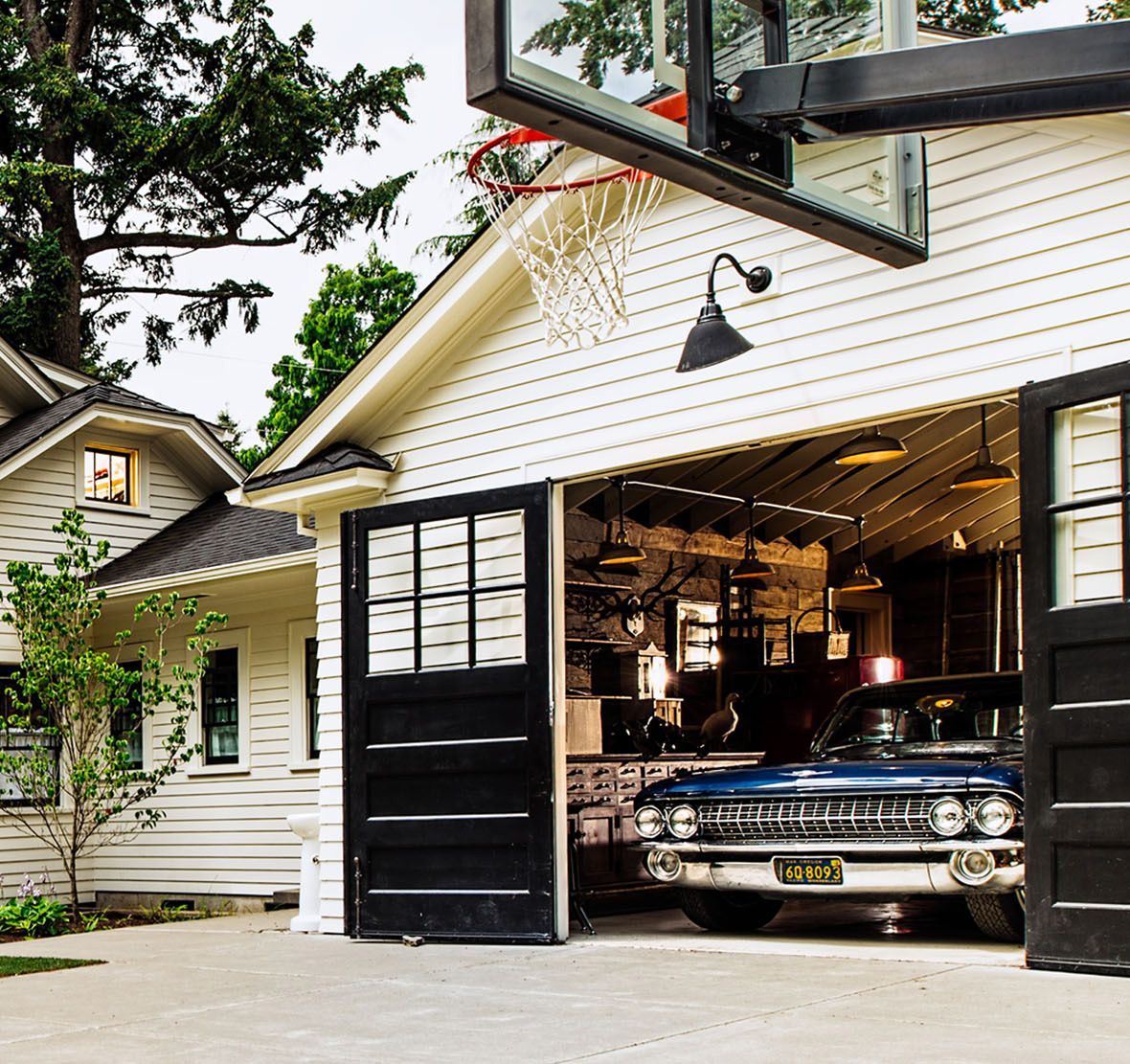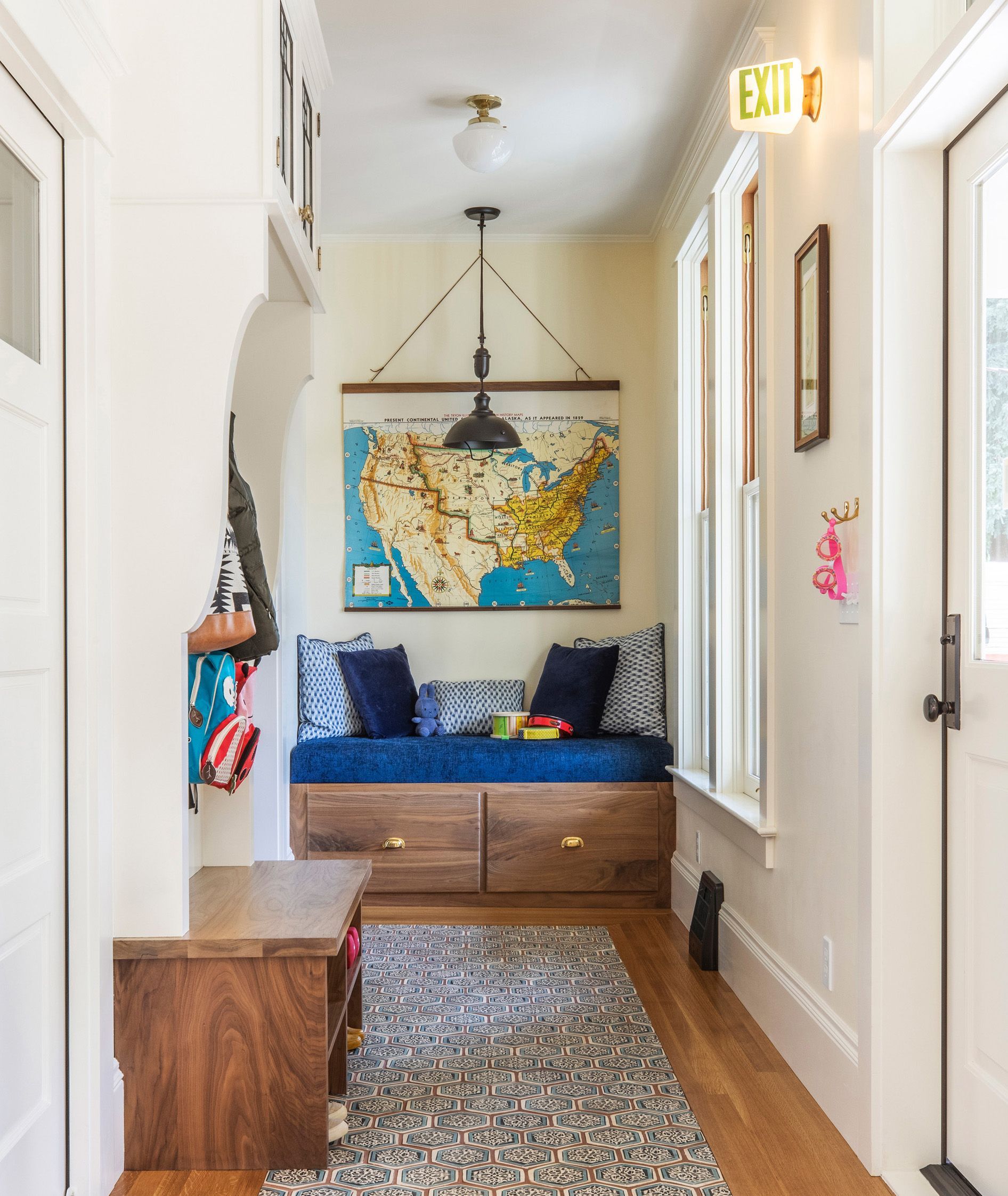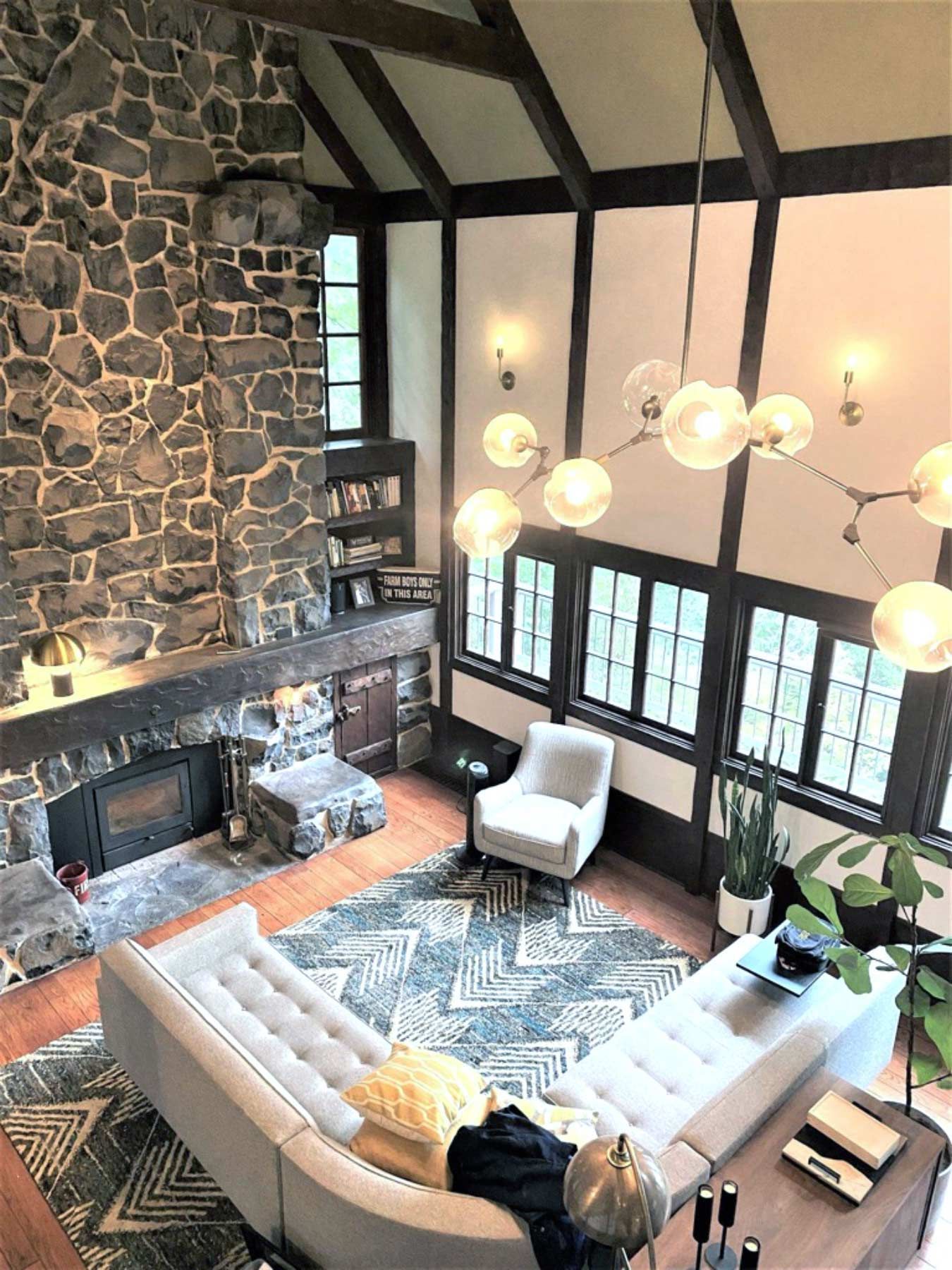Help Pass the Revitalize Main Street Act and Save Oregon’s Historic Buildings!
Since the Historic Preservation Act in 1966 , state and federally funded tax credits specifically directed towards supporting historic preservation and rehabilitation projects have become the financial backbone for many ventures. Oregon is currently one of five states that, while having an income tax, does not offer such incentives for preservation related construction.
With your help Restore Oregon hopes to turn that around when they bring the Revitalize Main Street Act to legislation in the January 2015 session. Once passed the Act would lead to a 25% state tax rebate on historic preservation and rehabilitation construction projects.
What’s in it for Oregon?
While it’s easy to see benefits for individual buildings, a study by EcoNorthwest determined that with just a $10.6M investment by the state of Oregon we would see 1,369 jobs generated per year, a $2.3M net increase in property taxes to pay for public services, and a $35.8M net increase in the state GDP by 2018.
What are the Rules?
- The 25% state tax rebate can be applied to any costs directly related to the historic rehabilitation . This includes any costs incurred during construction, but does not cover superfluous purchases such as hotel lobby chairs or drapes.
- Funding would come from money generated by the state income tax at a yearly capped amount.
- If passed, this 25% state tax rebate can be used in conjunction with the 20% federal Historic Tax Credit .
- There must be a minimum investment of $10,000 .
Who Can Use It?
- The credit can only be applied to income producing properties such as apartments, theaters, hotels, factories, stores, etc.If any portion of the structure being rehabilitated is non-income producing, any work done in that area would need to be separated out from the remaining cost of the rehabilitation and would not count towards the tax credit.
- The credit can be used on properties listed on the National Register of Historic Places . This includes approximately 2,600 buildings in 77 Oregon towns.
- Only work done within the guidelines outlined by the Secretary of Interior’s Standards for an appropriate rehabilitation may be applicable. An addition to a historic building may be allowed so long as it is reversible, but any costs incurred do not count towards the state tax rebate.
What are the Benefits?
While there are tangible benefits to preserving our historic landscape that include a sense of identity, community pride and aesthetics, there are also many economic benefits on a state and local level.
- Thriving main streets and historic attractions bring in tourists who give an added boost to the local economy.
- Several studies have shown that construction waste can make up more than half of a city or town’s overall landfill composition . Simply put, the reuse of existing buildings will keep more waste out of our nation’s landfills.
- The rehabilitation and maintenance of older buildings create more sustained jobs for local businesses , while new construction materials are increasingly comprised prefabricated parts that are shipped in.
- One study from Profiting from the Past: The Economic Impact of Historic Preservation in Georgia showed that between 1992 and 1996 the rehabilitation of historic properties created 7,550 jobs, $201 million in earnings, and had a total impact of $559 on the state economy. as our current economic outlook brightens, imagine how the Main Street Revitalization Act could keep creating jobs and keep Oregon’s economic growth headed in the right direction!
Arciform and Versatile Wood Products are proud sponsors of Restore Oregon and the Revitalize Main Street Act, but they need public support to get the ball rolling in the right direction. Click here to show your support and learn more about the Act so we can start saving Oregon’s historic buildings!
See More Stories










